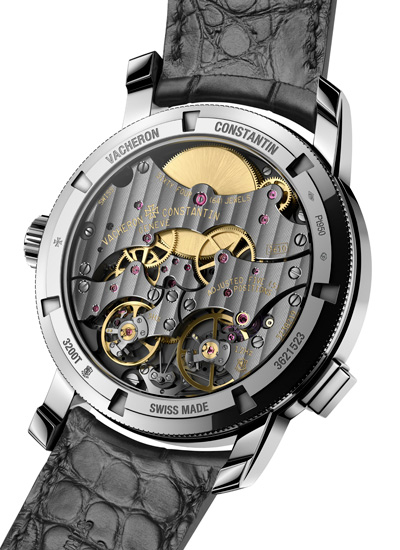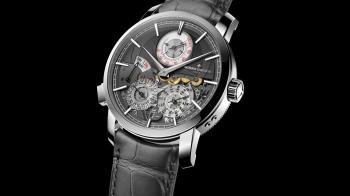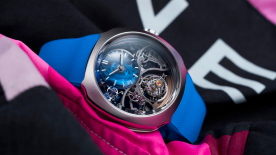When someone mentions the term “high complication”, practical utility is not the first thing that comes to mind. First of all, highly complicated watches tend to require a lot of looking after, and things that require a lot of looking after are generally not practical objects. Practical objects are supposed to make your life easier. Secondly, the traditional high complications include things like minute repeaters, which are beautiful and transcendent pieces of historical craft, but not exactly high-utility instruments. What about chronographs, I hear someone ask. Chronographs, especially those of the rattrapante variety, can be considered high complications, and they are useful. And I would agree that they are useful, but are they used? When’s the last time you saw someone activate the chronograph function on a watch? (And not just for demonstration purposes, all right.)
The perpetual calendar is ostensibly the most practical out of all the high complications. The information it displays is relevant on a daily basis, and it requires the least amount of human intervention. Think about it. If you want the information that a minute repeater provides, you have to activate it and do a bit of mental arithmetic to add the quarters and minutes up. With chronographs, you have to activate them and also do some adding up — especially on chronographs with the common 30-minute totaliser format. If you want information from a perpetual calendar, you look at it. End of story.
However, that doesn’t mean that the perpetual calendar has some kind of functional superiority over the other complications. Because the same problem that affects every single mechanical watch — the fact that it stops giving useful information when its power reserve is depleted — is also exponentially multiplied when it comes to perpetual calendars. I haven’t done any kind of rigorous scientific survey about this, but I’m pretty sure that setting and correcting a perpetual calendar is possibly the least favourite activity of anyone who owns one of these timepieces. Especially when you happen to have lost your fancy correcting stylus (this happens a lot) and have to resort to using things like toothpicks or pencils. Definitely not hairpins or other metallic things like that; they can scratch the case.
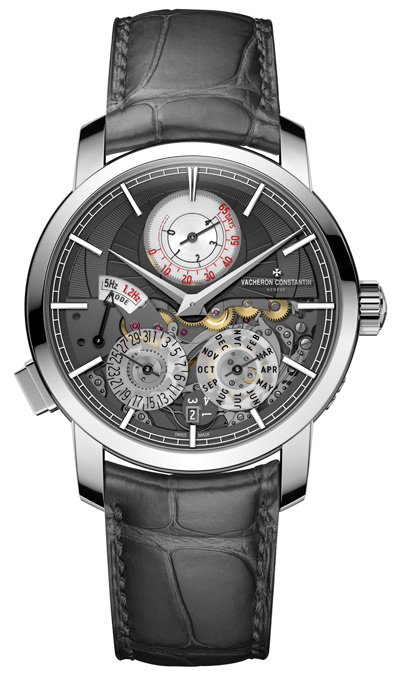
This is where the Vacheron Constantin Traditionelle Twin Beat Perpetual Calendar comes sailing in to save the day. The “Twin Beat” nomenclature comes from the fact that it has two balance wheels, each beating at a different cadence. (I suggested that the word “twin” shouldn’t be used if the balance wheels weren’t identical, but no one ever listens to me.) The Vacheron Constantin Traditionelle Twin Beat Perpetual Calendar, which I am going to refer to as the Twin Beat from now on because you can’t possibly expect me to type that name out in full another twenty times, operates on either of the balances at any one time, and the whole idea of this watch is that you can switch between them according to your needs.
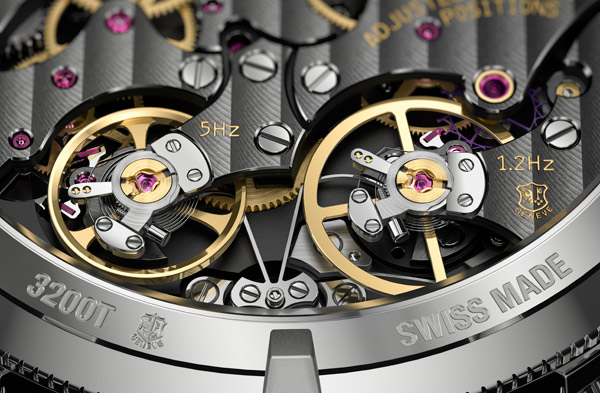
There’s the 5Hz (36,000vph) balance, which puts the Twin Beat in Active Mode, and the 1.2Hz (8,640vph) balance, which puts the watch in Standby Mode. When you wear the watch, you switch it to Active Mode, and everything is beautiful and works as it should.
If you’re about to set the watch aside for any amount of time, you switch it to Standby Mode and the heartbeat of the Twin Beat slows way down, like a bear going into hibernation. Just like the hibernation process, Standby Mode lowers the energy consumption of the watch and extends the power reserve in a way that is unprecedented in the entire history of watchmaking. On a fully wound barrel, the Twin Beat on Standby Mode can last up to 65 days (or more, but then there’s an increased chance of inaccuracies creeping into the calendar displays).
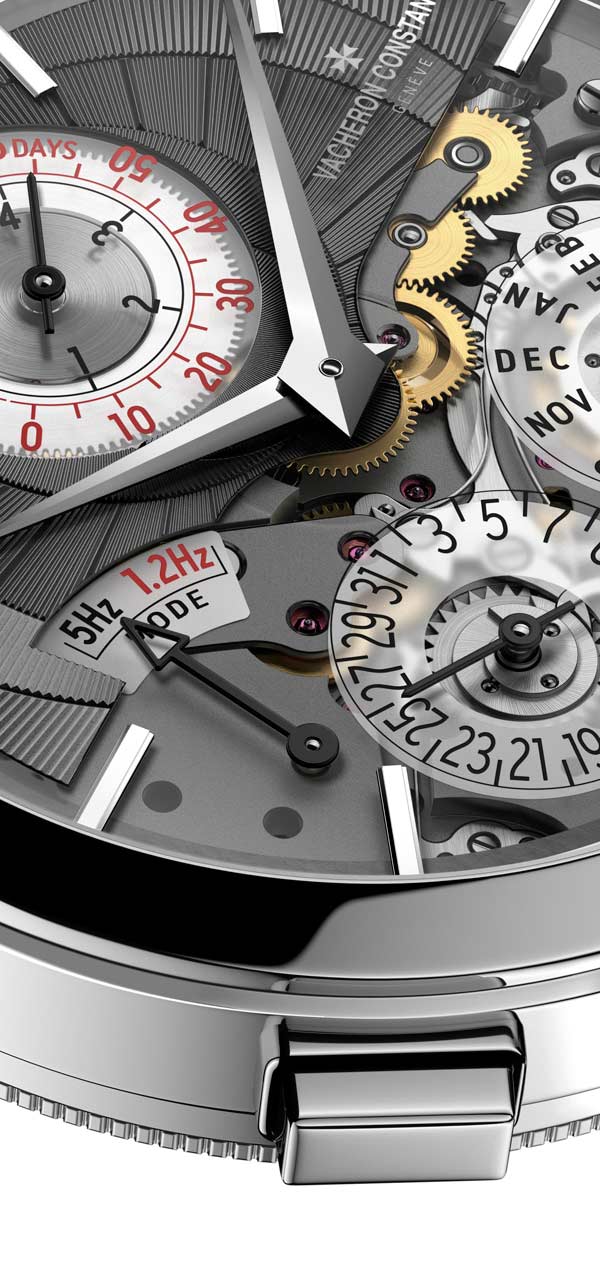
For once, when it comes to a complicated watch, my attention isn’t on the mechanics of the piece, or the technical innovation. We know that technical prowess is there, that’s a given. But the most impressive thing about the Twin Beat is how it’s a completely different kind of watch, and I mean different like it deserves its own taxonomic category. This is the first watch that allows you to control it, in the same way that you can adjust the gears of your bicycle or car, according to your energy/power requirements. The same way you can turn your computer or phone screen dark when you need to save energy.
Pick the Twin Beat up after not wearing it for two months, wind the barrel up, adjust the hours and minutes a bit, and you’re good to go. This is the 21st century. Not all of us have a bunch of free time to stand around pushing corrector buttons and consulting user manuals. The Vacheron Constantin Traditionnelle Twin Beat Perpetual Calendar takes care of that for us. In a way, it’s the truest form of perpetual calendar that exists, in that it comes the closest out of all the others to actually operating in perpetuity. If that’s not practical, I don’t know what is.
